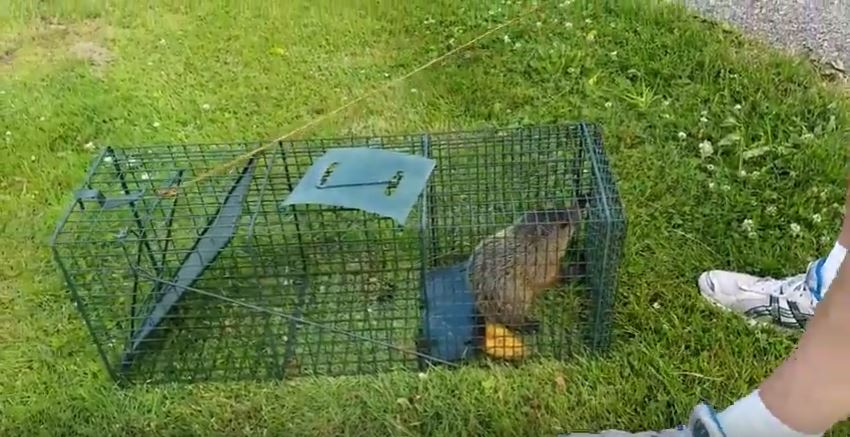Where should I relocate a trapped groundhog?

When you have trapped the groundhog and you have caught it, then the next step is to know what you should do with it. The first thing is not to try to get revenge on it because of the havoc it may have caused before since it was trying to survive in its own way.
When you have captured the animal, you should try your best to relocate it without causing it too much stress. Always remember that a groundhog is a wild animal that you are dealing with, so it can have some wildlife diseases or it can attack you in trying to get away. Ensure that you have protected yourself and others before you capture and release the trapped groundhog.
You have to ensure that your trap is secured and that your fingers are not near the trap. Keep in mind that its teeth are not only used to eat but can also be used to attack you when you get near. You can put on gloves, but most of the time they will not offer the best protection against a puncture, scratch or bite.
You should not handle or touch a groundhog, and make sure that you see any sign that it could be diseased or injured. In case the animal is exhibiting signs of sickness or if it does not behave in a normal manner, then you have to contact the animal control personnel. Do not try to release it back in the wild while it looks sick.
You should not leave the trap unattended for a long period. While transporting the animal, you should use a towel or a blanket over it to calm it down. But the blanket should have enough air circulation and should not overheat the animal.
When it comes to releasing the groundhog, you can release it wherever you want to, but it is good to identify a good place where the groundhog will be happy and safe after being released. You should avoid releasing the groundhog near active roadways, residential areas or any other areas without enough vegetation to use as a cover.
You should also relocate the groundhog more than 5 miles away if you do not want it to come back.
Go back to the How to Get Rid of Groundhogs page or email us if you have any other questions about Where should I relocate a trapped groundhog?
About Us
We are the Pest Education Network, a non-profit organization that focuses on wildlife and pest removal education. Our approach utilizes Integrated Pest Management, a strategy advocating prevention and humane methods.


